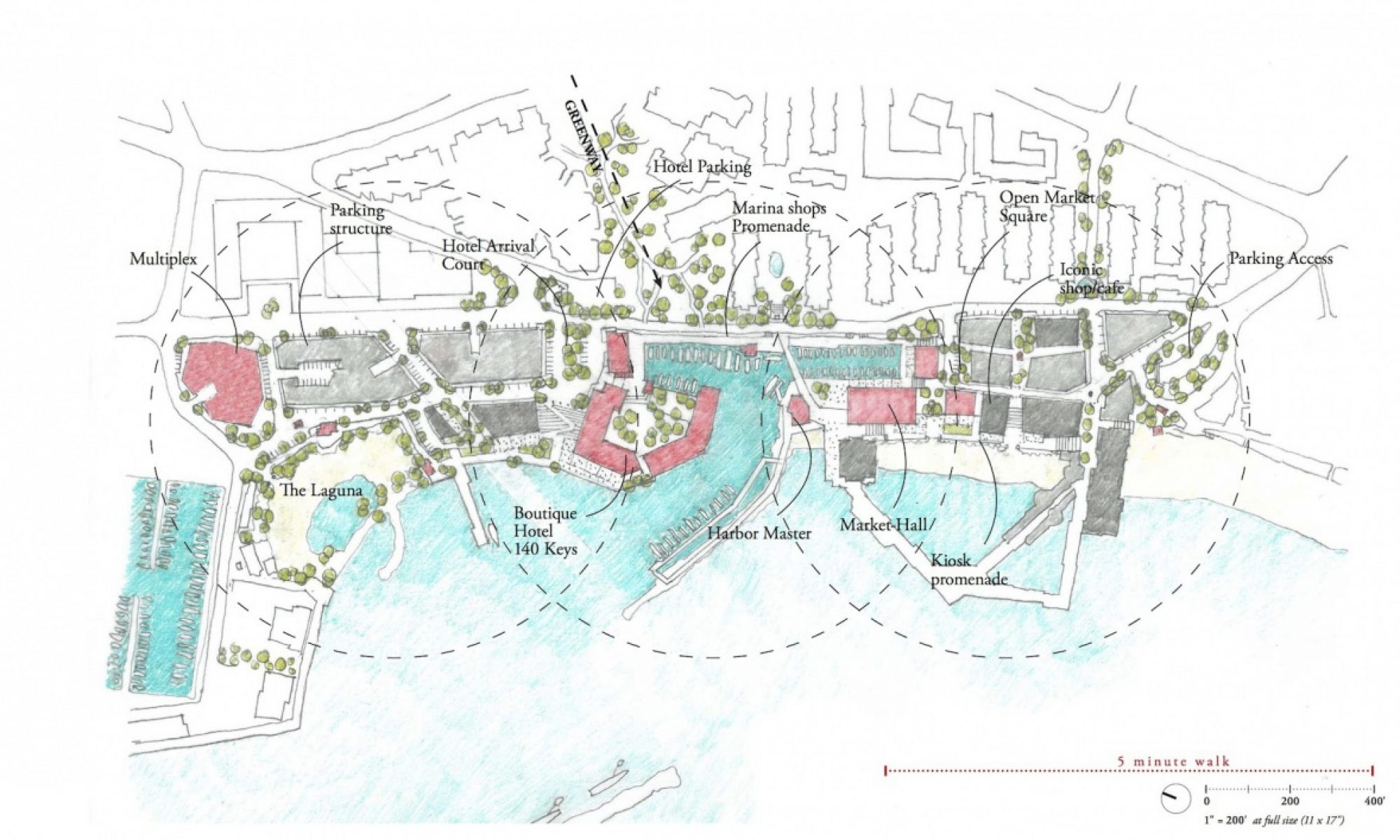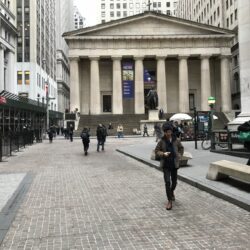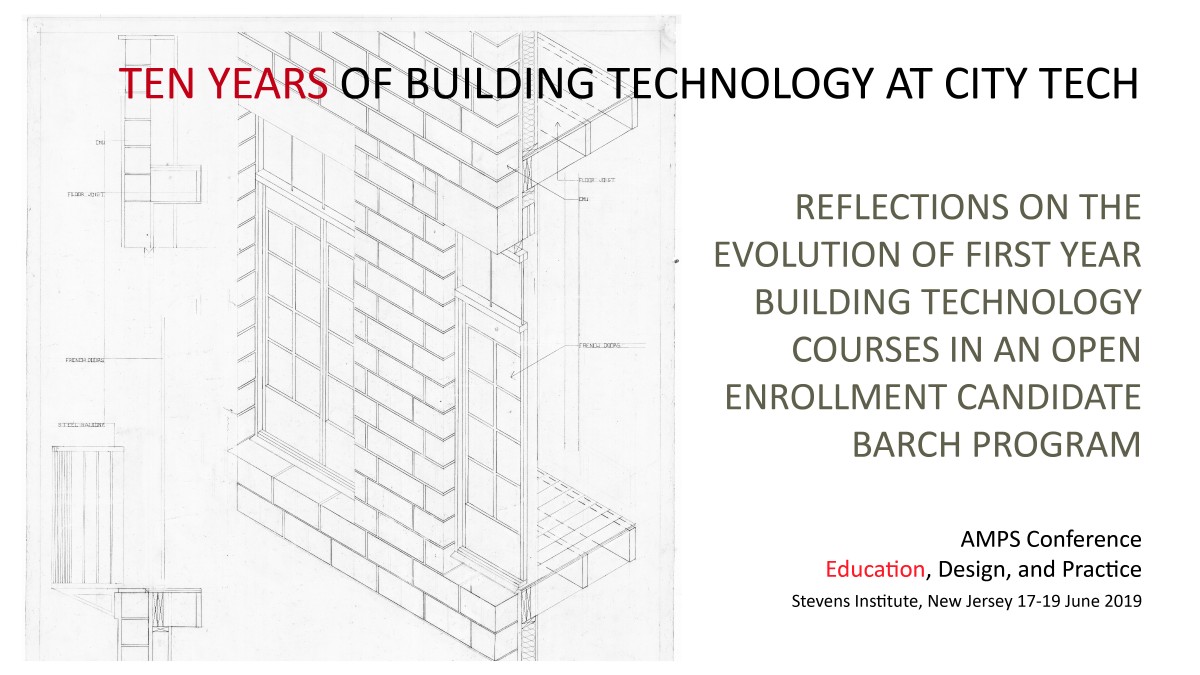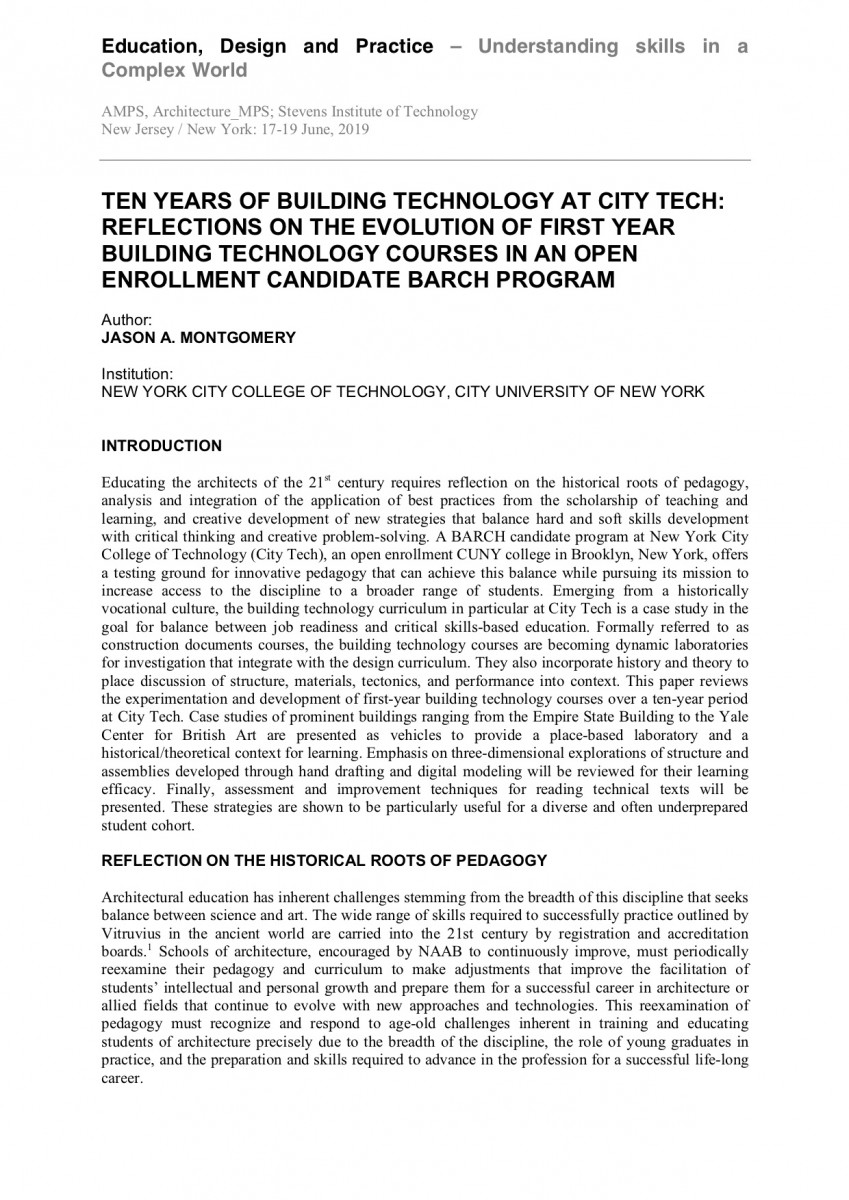Published Article in Proceeding:
- Montgomery, Jason. “Ten Years of Building Technology at City Tech: Reflections on the Evolution of First Year Building Technology Courses in an Open Enrollment Candidate BArch Program.” In: Ellyn Lester (ed.), AMPS Proceedings Series 17.2. Education, Design and Practice – Understanding skills in a Complex World. Stevens Institute of Technology, USA. 17 – 19 June (2019). pp. 348-360. http://architecturemps.com/wp-content/uploads/2020/04/AMPS-Proceedings-17-2-Education-Design-and-Practice.pdf
Conference Organizer: http://architecturemps.com
Conference Abstracts: http://architecturemps.com/abstracts-ny/
Accepted Abstract: http://architecturemps.com/wp-content/uploads/2019/05/Jason_Montgomery_Ten-yrs-of-Bldg-Tech-at-City-Tech_Abstract_NewYork.pdf
Conference Presentation: https://prezi.com/spnpvjoc7wi4/?utm_campaign=share&utm_medium=copy
Peer-Review Accepted Conference Abstract:
A BARCH candidate program at City Tech, an open enrollment CUNY college in Brooklyn, New York, offers a portal for increasing access to an architectural career path in the United States.
Emerging from a historically vocational culture, the building technology curriculum at City Tech is a case study in the goal for balance between job readiness and critical skills-based education. Formally referred to as construction documents courses, the building technology courses are becoming dynamic laboratories for investigation that integrate with the design curriculum. They also incorporate history and theory to place discussion of structure, materials, tectonics, and performance into context.
With all the possibility of new directions for building technology teaching, the foundational skills of reading and drawing cannot be jettisoned, especially for the education of underprepared college students. These students need to build their technical knowledge through enhancing their general education skills of effective reading in the discipline. They also need to develop their visualization/three-dimensional thinking through challenging 2d and 3d drawing construction. Further, all students need to integrate these skills and apply them to understand how buildings are put together and perform, but also how architecture is born through these explorations.
This paper reviews the experimentation and development of first-year building technology courses over a ten-year period at City Tech. Case studies of prominent buildings ranging from the Empire State Building to the Yale Center for British Art are presented as a vehicle to provide a place-based laboratory and a historical/theoretical context for learning. Emphasis on three-dimensional explorations of structure and assemblies developed through hand drafting and digital modeling will be reviewed for their learning efficacy. Finally, assessment and improvement techniques for reading technical texts and “reading” orthographic drawings will be presented. These strategies are shown to be particularly useful for a diverse and often underprepared student cohort.
Submitted Paper for Conference Proceedings Peer Review (Pending):
Jason Montgomery_Full Paper_Education, Design and Practice






